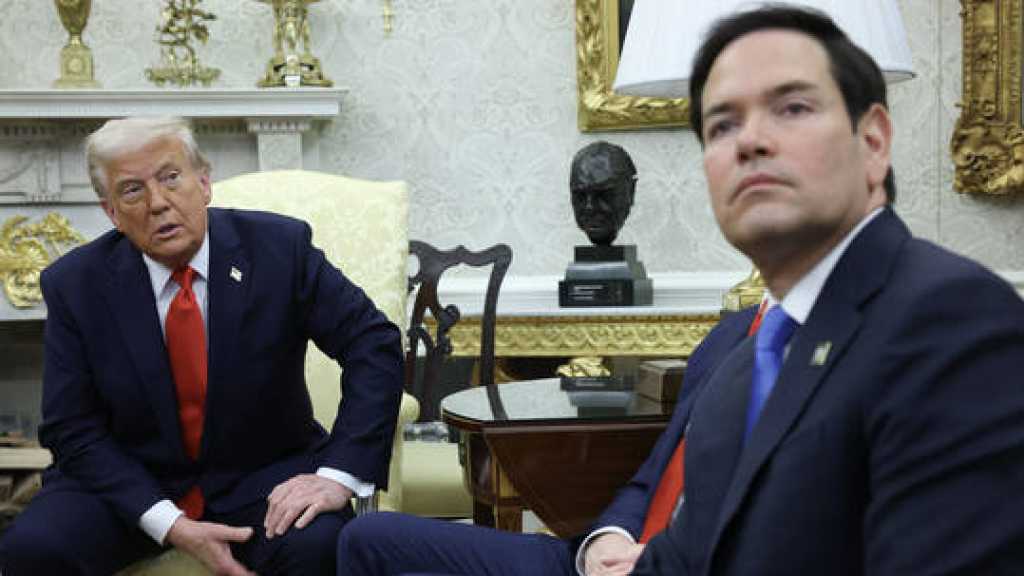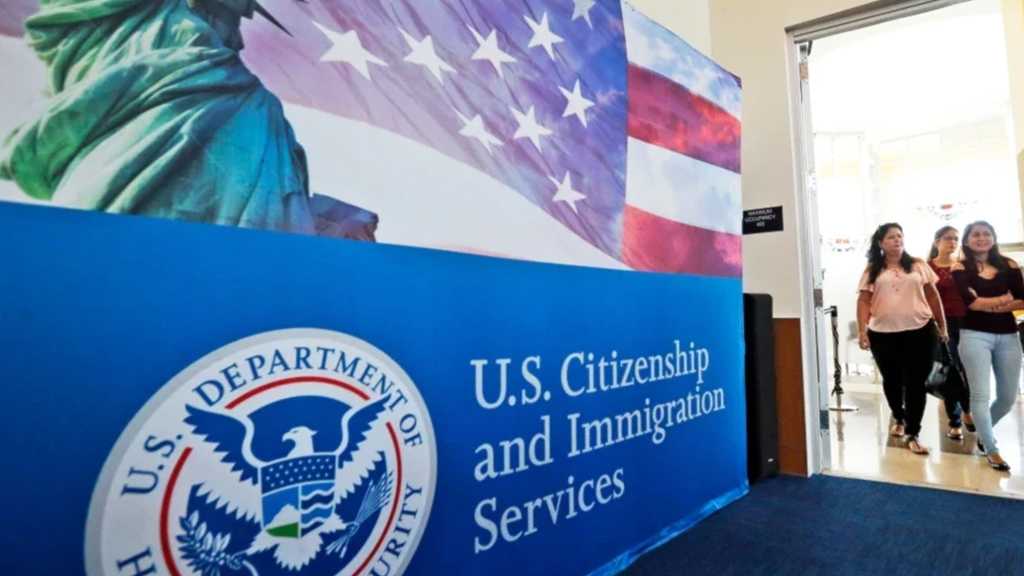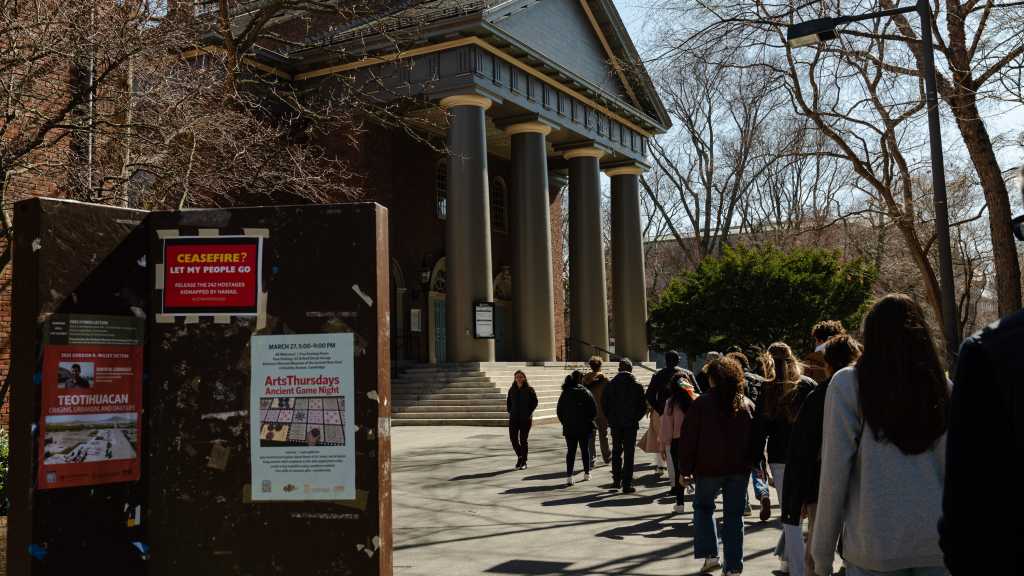
In Syria, Militias Armed by Pentagon Fight Those Armed by CIA

Local Editor
Syrian militias armed by different parts of the US war machine had begun to fight each other on the plains between the besieged city of Aleppo and the Turkish border, highlighting how little control US intelligence officers and military planners have over the groups they had financed and trained in the bitter five-year-old war.

The fighting had intensified over the last two months, as CIA-armed units and Pentagon-armed ones had repeatedly shot at each other while maneuvering through contested territory on the northern outskirts of Aleppo, US officials and militant leaders confirmed.
In mid-February, a CIA-armed militia called Fursan al Haq, or Knights of Righteousness, was run out of the town of Marea, about 20 miles north of Aleppo, by Pentagon-backed Syrian Democratic Forces moving in from Kurdish-controlled areas to the east.
"Any faction that attacks us, regardless from where it gets its support, we will fight it," Maj. Fares Bayoush, a leader of Fursan al Haq, said in an interview.
Militant fighters described similar clashes in the town of Azaz, a key transit point for militants and supplies between Aleppo and the Turkish border, and on March 3 in the Aleppo neighborhood of Sheikh Maqsud.
The attacks by one US-backed group against another came amid continued heavy fighting in Syria and illustrate the difficulty facing US efforts to coordinate among dozens of armed groups that are trying to overthrow the government of President Bashar Assad, fight Daesh [the Arabic acronym for the Takfiri "ISIS" group] militant group and battle one another all at the same time.
This month, US President Barack Obama authorized a new Pentagon plan to train and arm Syrian fighters, re-launching a program that was suspended in the fall after a string of embarrassing setbacks which included recruits being ambushed and handing over much of their US-issued ammunition and trucks to an al-Qaeda affiliate.
Amid the setbacks, the Pentagon late last year deployed about 50 special operations forces to Kurdish-held areas in northeastern Syria to better coordinate with local militias and help ensure US-backed insurgent groups aren't fighting one another. But such skirmishes had become routine.
While the Pentagon's actions are part of an overt effort by the US and its allies against Daesh, the CIA's backing of militias is part of a separate covert US effort aimed at keeping pressure on the Syrian government in hopes of prodding the Syrian leader to the negotiating table.
At first, the two different sets of fighters were primarily operating in widely separated areas of Syria - the Pentagon-backed Syrian Democratic Forces in the northeastern part of the country and the CIA-backed groups farther west. But over the last several months, Russian airstrikes in northwestern Syria had weakened them. That created an opening which allowed the Kurdish-led groups to expand their zone of control to the outskirts of Aleppo, bringing them into more frequent conflict with the CIA-backed outfits.
However, continued fighting among different US-backed groups may be inevitable, experts on the region said.
"Once they cross the border into Syria, you lose a substantial amount of control or ability to control their actions," Jeffrey White, a former War Intelligence Agency official, said in a telephone interview. "You certainly have the potential for it becoming a larger problem as people fight for territory and control of the northern border area in Aleppo."
Source: LA Times, Edited by website team
Comments

Deadly Shooting Erupts at US University
2 months ago

